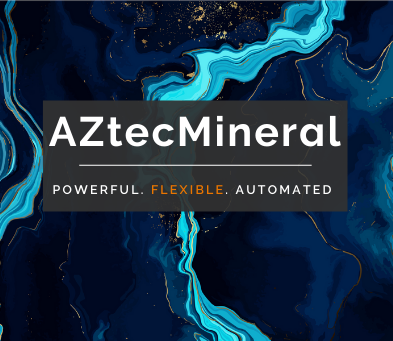Fast Characterisation of Minerals with Similar Crystal Structures
Combining electron backscatter diffraction (EBSD) and energy dispersive X-ray spectroscopy (EDS) techniques for geological sample characterisation, helps to unlock even more information on the likely formation and history of the sample.




